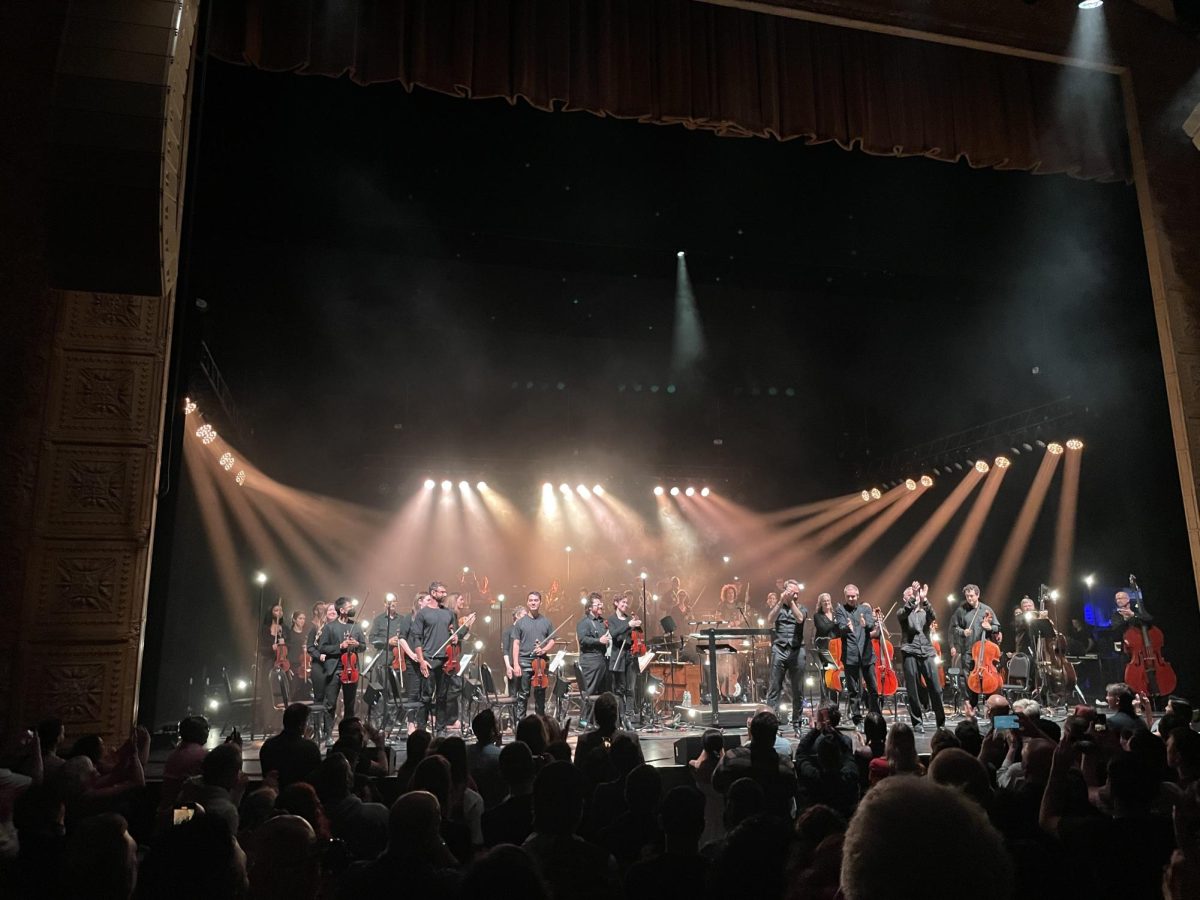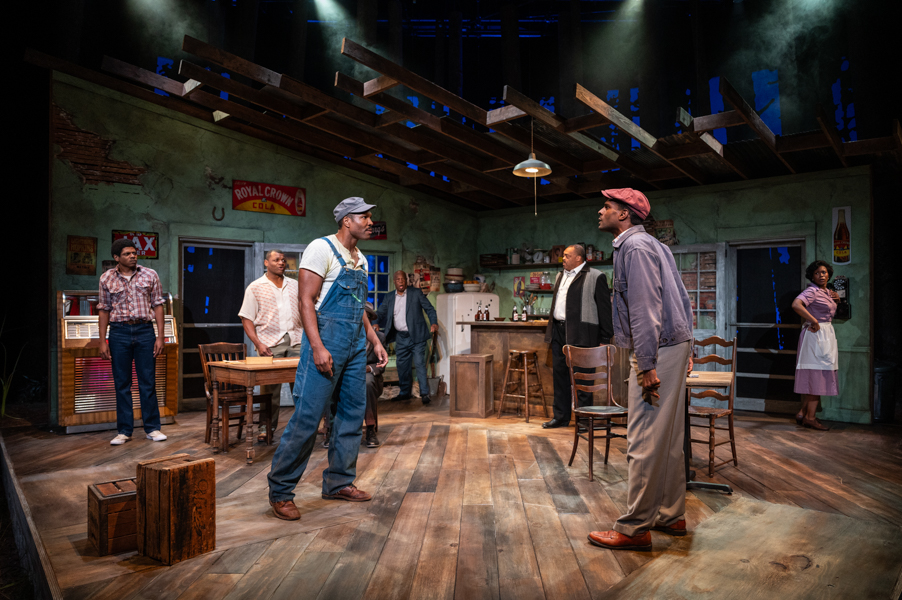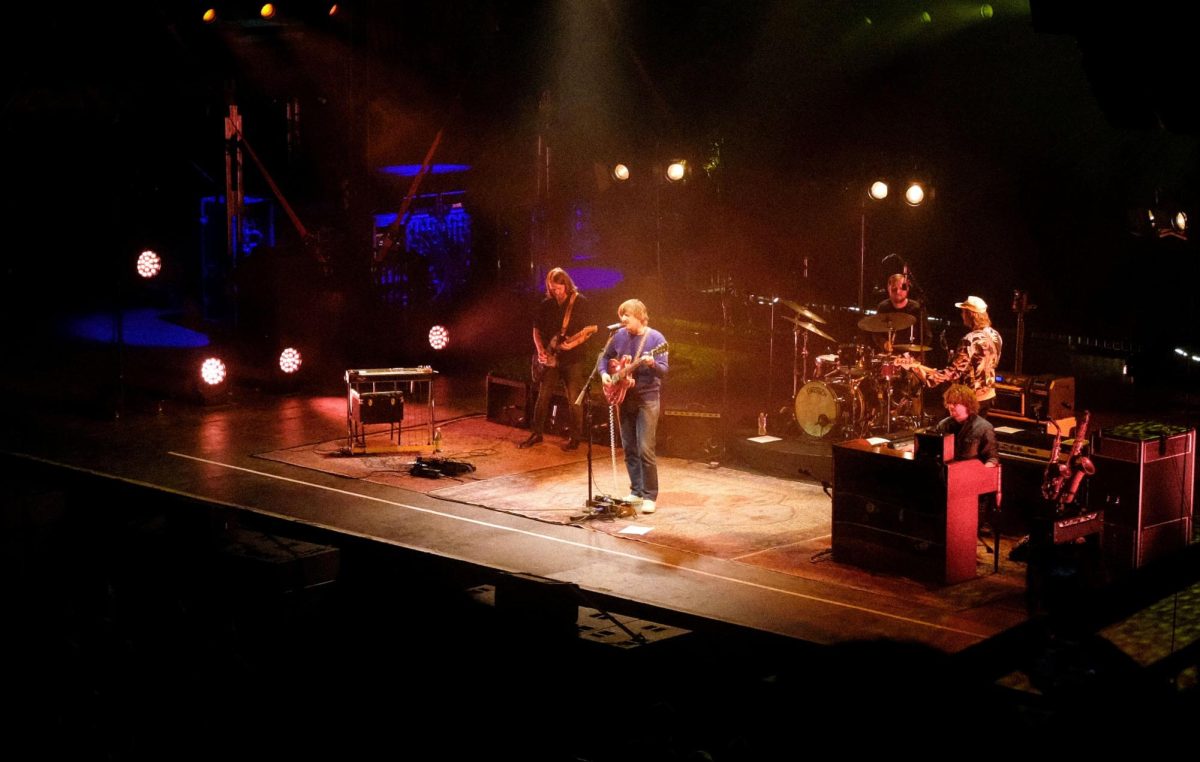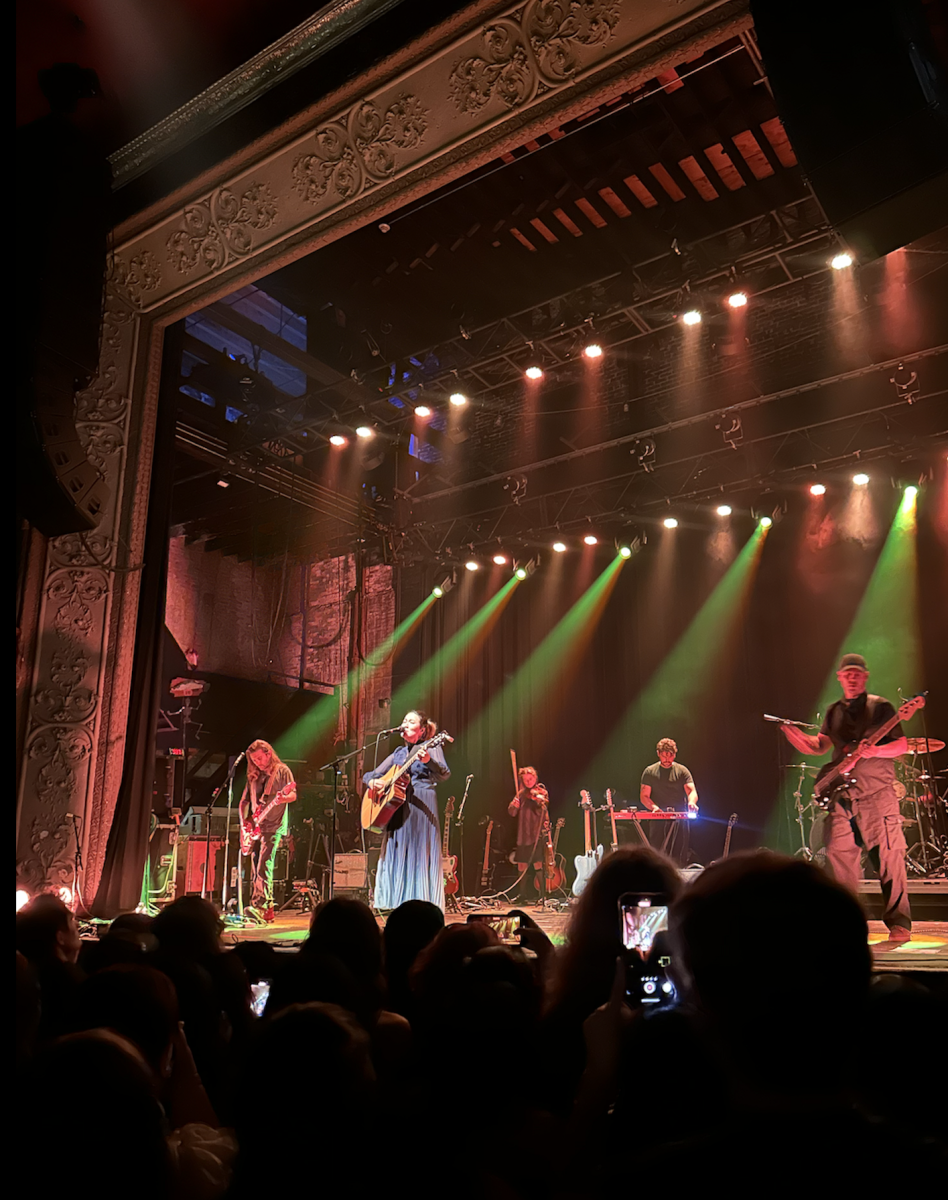The Art of Mu Xin: Landscape Paintings and Prison Notes
Smart Museum
January 24 to March 31, 2002
You would think The Art of Mu Xin: Landscape Paintings and Prison Notes has all the ingredients for an arresting show: the backdrop of China’s Cultural Revolution (1966-76); an artist who doubles as an intellectual/writer/dreamer and risks his life while under house arrest to create landscape paintings; his inner musings – secret, erudite texts written on purloined paper while he was imprisoned. Unfortunately, the idea of the show, with its historical context and the drama behind the creation of the Prison Text, is more intriguing and overpowering than the actual show itself. Although the landscapes embody unmistakable talent, they appear monotonous and unvarying, too similar to comprise an entire show on their own.
This exhibit, presently showing at the David and Alfred Smart Museum of Art until March 31, consists of 33 landscape paintings accompanied by Prison Notes, collectively called “Tower Within a Tower.” This title is an apropos, almost Kafkaesque allusion, to the structures of power which set the circumstance for, and lay behind the landscapes and Prison Notes, despite the fact that it is not the title that the Museum has decided to use to advertise the show. All of the works in the show were created in the late 1970s, the former during a time when Mu Xin was under house arrest, the latter when the artist was in a real prison.
Mu Xin, a self-given pseudonym which means ‘spirit of the trees,’ was born in 1927 as Sun Pu to aristocratic parents and was amongst the last generation to receive a classical Chinese education while growing up in cosmopolitan Shanghai. His grounding in Chinese and Western art and literature, both classical and modern, is apparent in the content of his Prison Notes and becomes the foundation for his later career as a distinguished writer, that for which he is most well known in China and beyond. After surviving for more than fifty years as persecuted artist/writer, Mu Xin escaped from China to the United States in 1982, where he has been living ever since and where he has published twelve books in Chinese. This exhibit blends his artistic and literary skills.
Combining classical Chinese literati painting with his own original techniques, Mu Xin’s paintings evoke mystery which illuminate how the changing Chinese landscape appears in the eyes of a tempestuous dreamer. Some say his paintings echo the landscapes of da Vinci and that his techniques are reminiscent of decalcomania and 1930s photogravure with multi-layered inks. Clearly they draw on all of these influences but in so doing they also remain unique unto themselves. The landscapes range from being abstract with only glimmers of realism, to some which portray miniature scenes of the bucolic Chinese countryside.
Interestingly, the works encapsulate multifarious tensions which seem never to be reconciled. If a man-made structure appears in a painting, it is juxtaposed against an expanse of wild nature, which appears to dominate. Most paintings are veiled in darkness which mirrors the bleak secrecy and melancholic state in which they were produced; a few, however, behold hues of reds, browns, and blues.
What appears to be a prevalent theme in many of the works is the play between intimacy and distance, image and erasure, presence and absence. “Wandering in a Dream to West Lake” plays on the tensions between the states of dreaming and waking, night and day. It evokes an ominously concealed, brooding panorama in which subtle a hints of lightness battle to break through the clouds, mist, and mountains. In Mu Xin’s works, it seems as though between the struggle of day and night, night continues to be victorious over and to eclipse day, which perhaps reflects the artist’s anxiety at having to create all of his works after dark and in secret, given his imprisonment. In a number of works, one also senses a feeling of longing to be re-united with an outside that is beyond penetration, the artist’s angst of confinement.
This desire for the outside gives way to an ironic tension present in “At Peace in Stone Cottage,” which evokes anything but a peaceful aura. This painting is covered with dark blotches of ink and scattered, spontaneous black spots cast against a brown background in which only the faintest outlines of a cottage can be recognized: the tumultuous play between nature and human structure in which nature commands and devours. Perhaps this conflict is inspired by the human domination to which Mu Xin was subjected and his personal conflict with authorities which was a reality in his life at the time: the rule of nature (depicted as unleashed, swallowing power) as a metaphor for the state. Or perhaps this is one instance of a tower (of man) within a tower (of nature).
But nature also plays a more positive role in his works. In contrast to the abstraction present in many of the landscapes, Mu Xin demonstrates his artistic precision in “Clear Ripples of a Waterfall,” in which his attention to minuscule, meticulous detail cannot be overlooked. However, despite the haiku-like titles and the evident talent of the artist, perhaps what is more interesting than the aesthetics of the works is the circumstance under which they were created and the text by which they are accompanied.
The last work in the show is an original manuscript on loan from the artist himself. It is 66 double sided pages, hand-written in tiny, stitch-like text on pilfered prison paper, which had to be rolled up, and actually sewn into the inside of Mu Xin’s prison uniform in order to be salvaged from his imprisonment in an abandoned Shanghai air-raid shelter in 1971-72. The notes are a mirror which reflect the mind of a captured soul who yearns for freedom. In the passages that have been translated, one becomes acquainted with the mind behind the landscapes which sheds intellectual light upon them. These Prison Notes are stream-of-consciousness vignettes infused with allusions to canonical Western literature and philosophy. Some passages lament the modern human condition while others are fictional dialogues between historical personalities from Aristotle to Dostoevsky. Robert Rosenkranz, who wrote the preface to the exhibit’s catalogue, calls this text a “material manifestation of human tenacity in preserving a vigorous mental life despite the most trying physical conditions.” One cannot disagree with him. Mu Xin risked his life for his work. According to the artist, however, his dangerous project was necessary. He believes that he would have been risking his life (both intellectual and creative) if he did not create such works.
If one desires a passage into an interesting historical period in China and to see the artistic manifestations which arise as a result, one should visit Landscape Paintings and Prison Notes, for the context under which these works were created is unusual. However, one should not expect to be blown away by vast diversity. The individual landscapes can be appreciated on a particular level or perhaps as a few works in a larger exhibit, but altogether they tend to be too uniform to constitute an entire show on their own.







